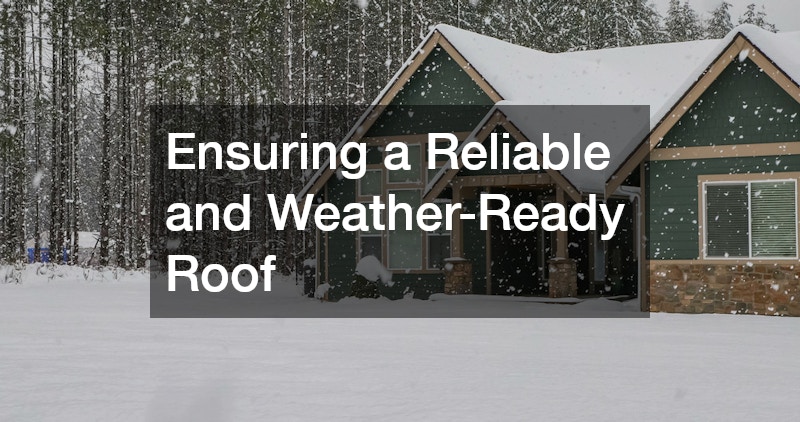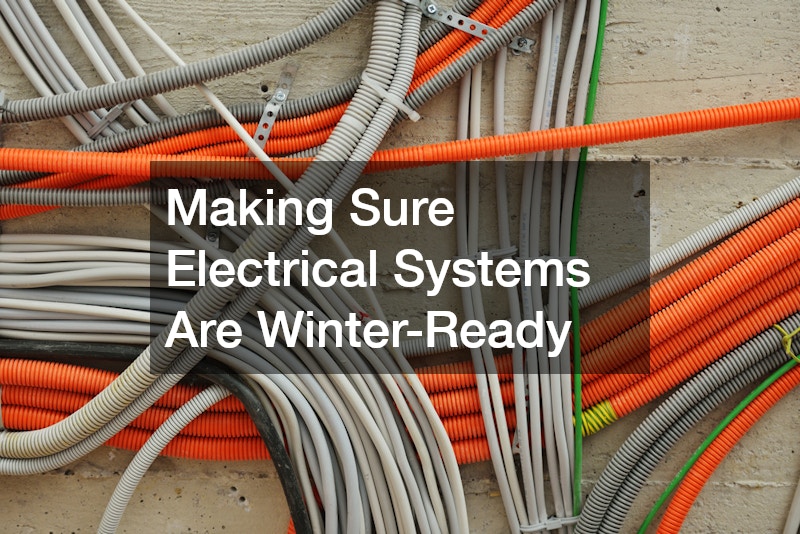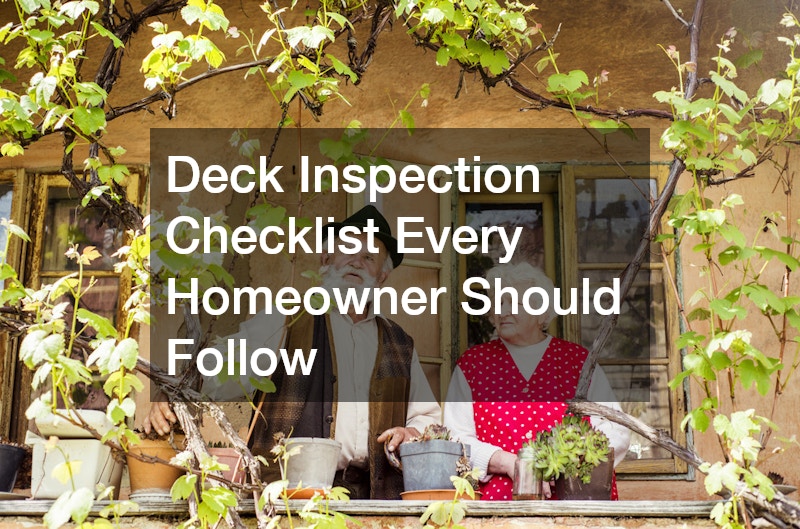The holiday season is a time of warmth, celebration, and new beginnings, which makes it an unexpectedly fitting time to start buying a house. While many buyers choose to wait until spring, the winter market offers distinct advantages for those willing to move when others are taking a break. Sellers who list during the colder months are often motivated to close, giving you more room to negotiate on price, closing dates, and contingencies. Additionally, with fewer competing offers, your chances of securing your ideal home increase significantly. The slower pace of winter real estate allows for more thoughtful decision-making and closer attention to detail.
Understanding Seasonal Market Trends

Winter is often seen as a quiet season in real estate, but that calm can work to your advantage when buying a house. With fewer buyers actively searching, competition drops significantly. This means sellers are often more flexible and open to negotiation. Many homeowners who list in winter have urgent reasons to sell, such as job relocation or financial necessity, making them more receptive to reasonable offers. As a result, buyers can often find better pricing and more favorable contract terms than during the busier spring and summer seasons.
However, slower doesn’t mean easier—homes available in winter might require more scrutiny. Ice, snow, and low light can conceal issues with landscaping, roofing, or exterior finishes. That’s why working closely with a local title examiner is essential. This professional ensures that ownership transfers smoothly and that there are no hidden legal issues, such as liens or title defects. Their work protects you from complications that could delay or derail closing. With their help, you can confidently move forward, knowing the property you’re investing in is legally sound and ready to make your own.
Beyond market trends, it’s also helpful to consider how local conditions affect real estate behavior. In colder regions, homes may sell at a slower pace, while in milder climates, activity often continues steadily throughout winter. Understanding these patterns can guide your timing and expectations. Keeping an eye on long-term trends allows you to identify whether the current market favors buyers or sellers, helping you secure the best possible outcome.
Preparing the Interior for Comfort and Value
During the winter months, the interior of a home becomes its heart—where warmth, light, and comfort converge. When buying a house at this time of year, it’s easier to evaluate how well the space maintains heat and whether the floor plan suits your lifestyle. You’ll notice how efficiently the home retains warmth, how windows resist drafts, and how the heating system distributes air. Small details, like well-insulated windows or quality flooring, make a major difference in how inviting the home feels. A cozy, well-sealed interior isn’t just comfortable—it’s also energy-efficient, helping reduce utility bills.
For added comfort and aesthetic appeal, consider the value of premium materials from a trusted hardwood flooring supply. Hardwood floors bring elegance and longevity while offering practical benefits, especially during snowy months. They’re easy to clean, resistant to wear, and add a timeless look that complements any design style. High-quality flooring also contributes to the overall value of the home, appealing to future buyers if you ever decide to sell. As you settle in, these small touches enhance not only your home’s comfort but also its long-term investment potential.
It’s also important to think about lighting and interior design choices during this time. Since winter days are shorter, maximizing natural and artificial light helps create an uplifting, welcoming atmosphere. Warm light fixtures, layered lighting, and reflective finishes can make a significant difference in how bright and spacious rooms feel. A well-lit interior can transform the mood of your space, making it a comforting haven during long, dark evenings.
Ensuring a Reliable and Weather-Ready Roof

A roof does more than cover a home—it safeguards it from the elements, making it a critical consideration when buying a house in winter. Snow, rain, and freezing temperatures can highlight weaknesses like leaks, sagging, or poor insulation. Observing the roof under these conditions gives you valuable insight into its quality and remaining lifespan. A sturdy, well-maintained roof is key to preventing costly water damage and maintaining interior warmth throughout the colder months.
Engaging professional roofing services can help ensure your roof is in top shape before or soon after your purchase. Roofing experts can conduct detailed inspections, repair minor damages, and identify areas where heat loss may be occurring. They might recommend upgrades such as improved ventilation or energy-efficient shingles to enhance performance and longevity. A solid roof is not only a structural necessity but also an investment in your comfort and peace of mind.
It’s also wise to examine the attic and gutter systems during this process. Poor ventilation in the attic can cause heat buildup, leading to ice dams that compromise roof integrity. Similarly, clogged or improperly sloped gutters can allow water to freeze and damage the eaves. Keeping these systems well-maintained ensures proper drainage and airflow, extending your roof’s lifespan while improving energy efficiency.
Checking for a Solid Structural Base
When buying a house, it’s important to remember that a home is only as strong as its foundation. Winter is an excellent time to assess this, as frozen ground and shifting temperatures can reveal hidden structural issues. Look for cracks in basement walls, sloping floors, or moisture accumulation—all signs that warrant further inspection. A stable foundation ensures that your investment remains secure for years to come.
Consulting a reputable foundation contractor is essential to confirm that your home’s base is strong and well-constructed. These experts can check for damage caused by frost heave or improper drainage and suggest solutions such as sealing, reinforcement, or grading improvements. Their insight helps you make informed decisions about repairs or renovations. A home with a sound foundation offers the reassurance that you’re building your life on solid ground—literally.
In addition to professional evaluation, pay attention to the surrounding land. The slope and soil condition around your home can affect how water drains during thawing periods. Proper grading and landscaping prevent erosion and pooling near the base, which helps maintain a strong, dry foundation over time.
Preventing Winter Plumbing Problems

Plumbing is one of the most vulnerable systems in any home during winter, which makes it an important focus when buying a house. Frozen pipes, leaks, and inefficient water heaters can turn into major problems when temperatures drop. Inspecting the plumbing system before closing ensures you won’t face unexpected repairs once you move in. Look for signs of corrosion, poor insulation, or inconsistent water pressure.
A local plumber can provide a comprehensive assessment to ensure everything functions properly. They’ll check for hidden leaks, insulate exposed pipes, and evaluate fixtures for efficiency. Many plumbers also offer recommendations for water-saving appliances that enhance performance and reduce utility costs. Addressing these details early helps protect your home from costly winter damage and ensures your plumbing runs smoothly year-round.
Another smart step is to locate and test the home’s shut-off valves. Knowing where these are can prevent major water damage in case of a leak or burst pipe. Simple preventive measures, like keeping cabinets open to allow warm air circulation and letting faucets drip slightly during extreme cold, can make a big difference in maintaining a healthy plumbing system.
Maximizing Lower-Level Living Spaces
Basements can offer some of the most flexible and valuable spaces in a home, making them a top consideration when buying a house. A finished basement can serve as an entertainment area, home gym, or guest suite, while unfinished ones offer storage and potential for customization. During winter, it’s easier to assess whether the space is warm, dry, and well-insulated. Any signs of dampness or drafts should be addressed before making an offer.
Investing in modern finished basements not only enhances daily comfort but also boosts property value. Updated flooring, energy-efficient lighting, and moisture-resistant materials can turn a dark basement into a bright, welcoming retreat. A well-designed lower level adds functional square footage to your home, making it more livable and appealing to future buyers.
When planning how to use a basement space, consider adding features that promote versatility. Built-in storage, flexible lighting, and multi-purpose layouts make the area adaptable to different needs over time. Whether you want a quiet office or a family playroom, thoughtful design choices ensure this space remains both beautiful and practical.
Making Sure Electrical Systems Are Winter-Ready

Winter puts extra strain on electrical systems as homeowners rely on heating, lighting, and holiday decorations. When buying a house, it’s essential to ensure the wiring and panel can safely handle this demand. Flickering lights, warm outlets, or outdated fuse boxes are red flags that require professional attention.
A certified electrician can conduct an in-depth evaluation, checking circuits, grounding, and system capacity. They can also recommend upgrades such as smart thermostats or surge protection for enhanced safety and efficiency. Ensuring your home’s electrical system is winter-ready means you’ll enjoy uninterrupted comfort and security during the coldest months of the year.
You can also enhance electrical safety through regular maintenance habits. Testing smoke detectors, installing carbon monoxide alarms, and labeling circuit breakers properly help prevent emergencies. Small updates like energy-efficient bulbs or programmable switches can lower bills and contribute to a safer, more sustainable household.
Keeping Your Heating and Cooling Efficient
A dependable heating and cooling system is vital when buying a house in winter. An efficient system maintains consistent comfort while keeping energy bills manageable. During your inspection, pay attention to airflow, thermostat performance, and the age of the unit. A system that struggles during cold weather might require service or replacement.
Partnering with an expert in HVAC services can make a huge difference. They can clean ducts, replace filters, and test for leaks to improve performance and indoor air quality. Regular maintenance ensures your system operates efficiently, extending its lifespan and saving money in the long run. Comfort, efficiency, and reliability are essential for creating a warm, welcoming home.
Another worthwhile consideration is upgrading to modern programmable or smart thermostats. These devices allow for better temperature control and energy savings by adjusting heating levels based on your daily schedule. Keeping your home at an optimal temperature without unnecessary energy use creates both comfort and cost efficiency.
Staying Powered During Cold-Weather Outages
Power outages can quickly disrupt comfort and safety, especially during winter storms. When buying a house, it’s wise to consider backup power solutions that keep essential systems running. A dependable backup system ensures that heating, lighting, and appliances stay functional even when the grid fails.
Professional generator installation can provide seamless power continuity. Technicians can recommend the best unit size, location, and maintenance plan for your home. A properly installed generator ensures peace of mind during emergencies, protecting your investment and your family’s comfort through unpredictable weather.
It’s also helpful to prepare your home for outages by having emergency supplies ready. Flashlights, batteries, blankets, and non-perishable food can make temporary power loss more manageable. Regularly testing your backup power system ensures that when a storm strikes, you’re fully prepared.
Creating a Welcoming Outdoor Ambiance
Even in winter, the exterior of your home can make a lasting impression. Snow-covered landscapes, twinkling lights, and thoughtfully illuminated paths create warmth and charm. When buying a house, evaluate outdoor lighting, pathways, and curb appeal to see how well they enhance both beauty and functionality.
A professional landscape lighting service can help design an inviting atmosphere that balances safety and aesthetics. Well-placed lighting can accentuate trees, highlight architecture, and improve visibility during shorter days. Investing in quality outdoor lighting transforms your property into a year-round showcase of comfort and elegance.
Additionally, maintaining outdoor features through winter helps preserve their condition. Regularly clearing snow from walkways, inspecting lighting fixtures for damage, and keeping exterior outlets covered can all contribute to longevity. A little attention to maintenance ensures your outdoor spaces stay as beautiful and safe as they are welcoming.
Though unconventional, buying a house in winter can be a wise and rewarding decision. With reduced competition, motivated sellers, and a chance to assess how a home withstands the elements, buyers can secure exceptional value. Winter conditions provide an authentic test of performance, revealing the true character and resilience of a property.



